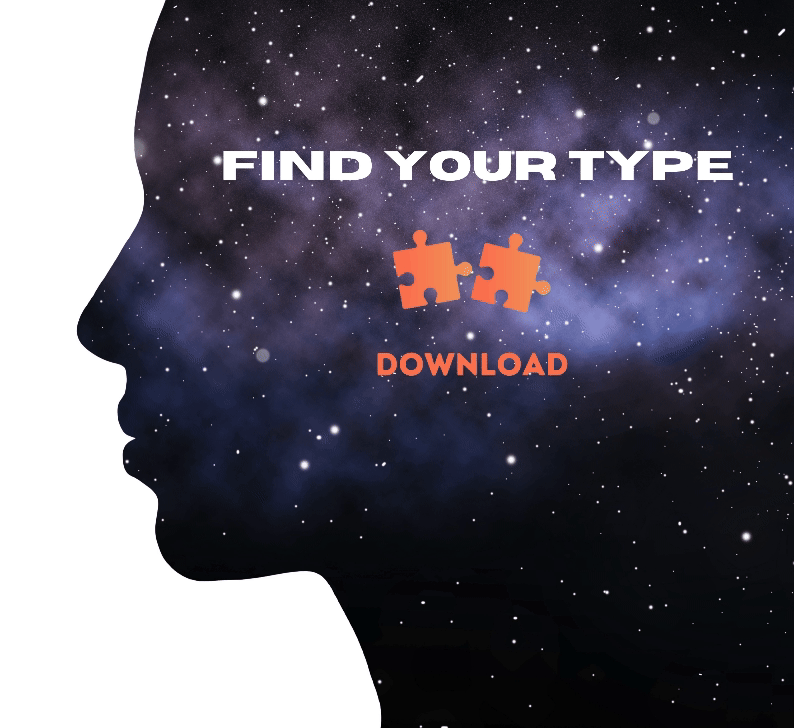Cognitive Functions of the 16 Personality Types
Cognitive Functions of the 16 Personalities: The Brainy Bunch Behind the Behavior
Ever wondered why your brain works the way it does? Or why your best friend approaches problems with the finesse of a chess grandmaster, while you’re more of a checkers kind of person? Welcome to the world of cognitive functions, the brainy little engines that drive the 16 personality types and their quirky behaviors. These functions are like the mental gears that keep our personalities running smoothly—or sometimes not so smoothly, depending on the situation.
What Are Cognitive Functions?
Cognitive functions are like the secret sauce in your mental recipe, determining how you perceive the world, make decisions, and interact with others. There are eight cognitive functions in total, and each personality type has a unique combination that makes them tick.
Extroverted Thinking (Te): The "get stuff done" function. It’s all about efficiency, logic, and making things happen.
Introverted Thinking (Ti): The "let’s dive deep" function. It loves analysis, precision, and understanding complex systems.
Extroverted Feeling (Fe): The "let’s all get along" function. It’s focused on harmony, social norms, and connecting with others.
Introverted Feeling (Fi): The "true to yourself" function. It’s driven by personal values, authenticity, and emotional depth.
Extroverted Intuition (Ne): The "what if?" function. It’s all about possibilities, innovation, and exploring new ideas.
Introverted Intuition (Ni): The "I see the future" function. It’s focused on insight, foresight, and long-term vision.
Extroverted Sensing (Se): The "live in the moment" function. It thrives on action, sensory experiences, and being fully present.
Introverted Sensing (Si): The "been there, done that" function. It values tradition, memory, and consistency.
How These Functions Shape Personalities
Each personality type has a unique combination of these functions, with one function playing the lead role, another supporting it, and the rest forming a complex web of interactions. This combo is what makes an INTJ so different from an ESFP, even though they’re both awesome in their own ways.
For example, an ESTJ leads with Extroverted Thinking (Te), making them natural organizers who love structure and order. Meanwhile, an INFP leads with Introverted Feeling (Fi), which makes them deeply introspective and values-driven. It’s like they’re operating on totally different wavelengths—because they are!
The Dance of the Cognitive Functions
Think of cognitive functions as a dance troupe, where each function has its own role to play. Sometimes they work in harmony, creating a beautiful performance. Other times, they step on each other’s toes, leading to those awkward moments when you just can’t seem to make a decision or you’re overwhelmed by all the options.
Understanding your cognitive functions is like getting a backstage pass to your own mind. It helps you see why you do the things you do and how you can make the most of your strengths while managing your challenges.
Putting It All Together
The magic of cognitive functions is that they offer a deep dive into the workings of your mind, revealing the mechanics behind your personality. Whether you’re an intuitive dreamer, a logical strategist, or a feeling-driven peacemaker, these functions are the key to understanding yourself and others.
Enjoyed this? Check out:
